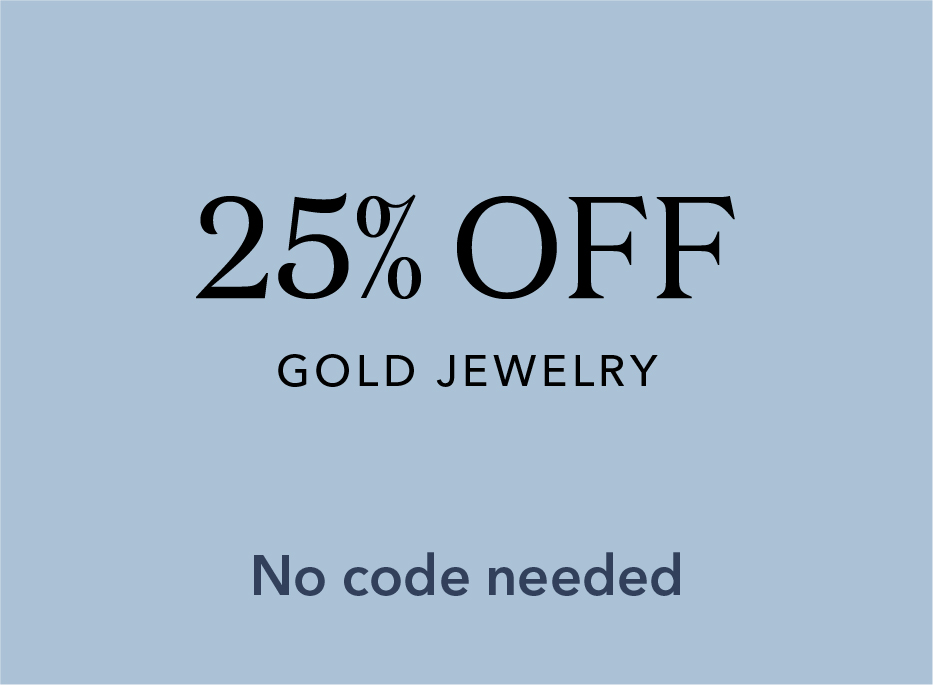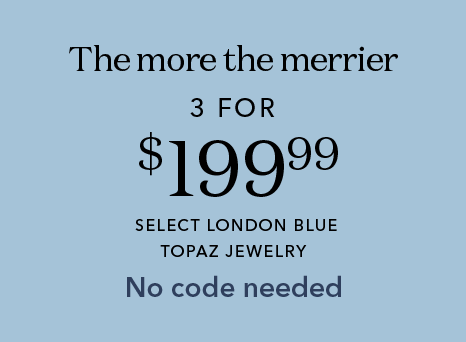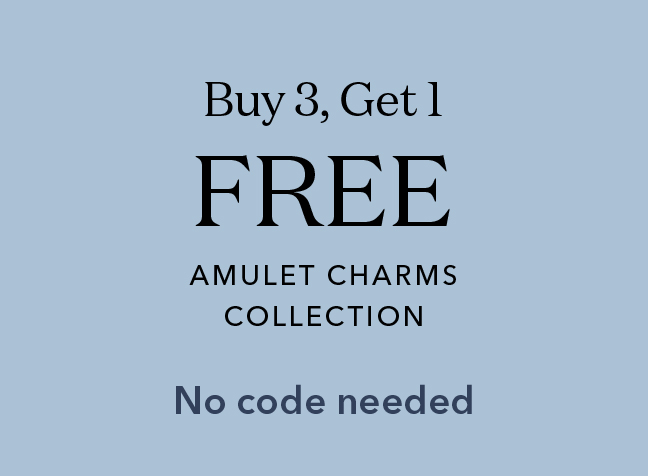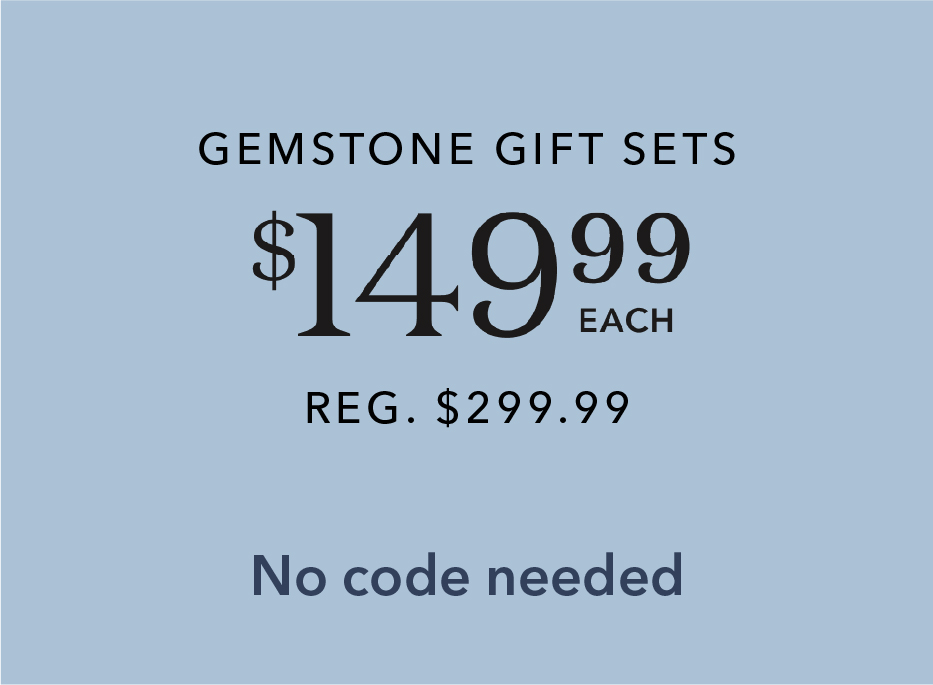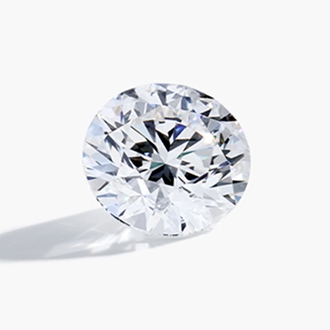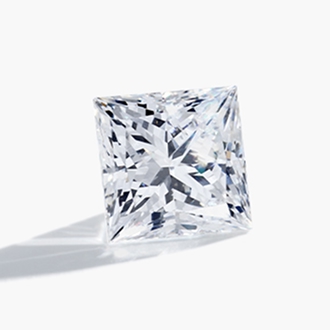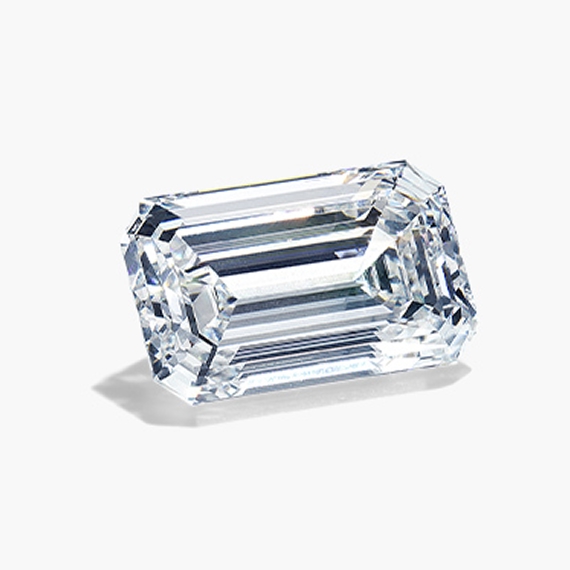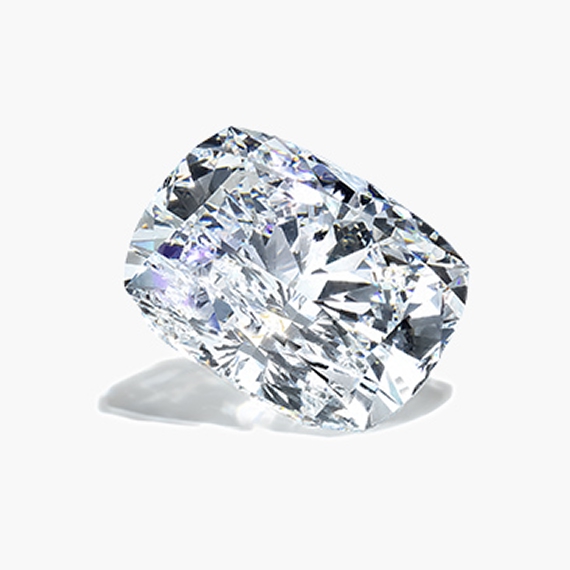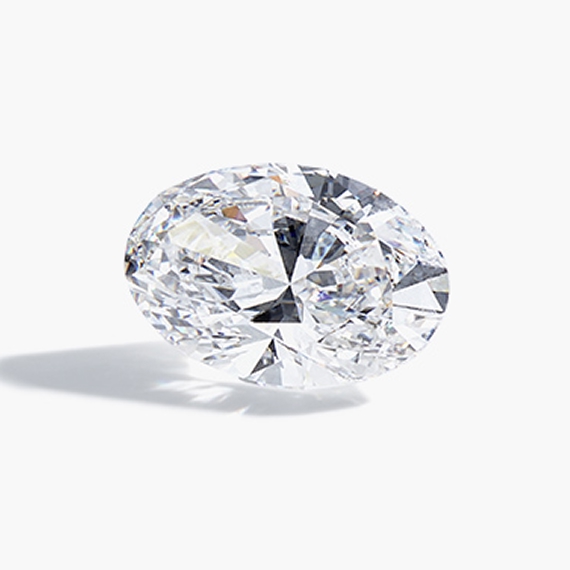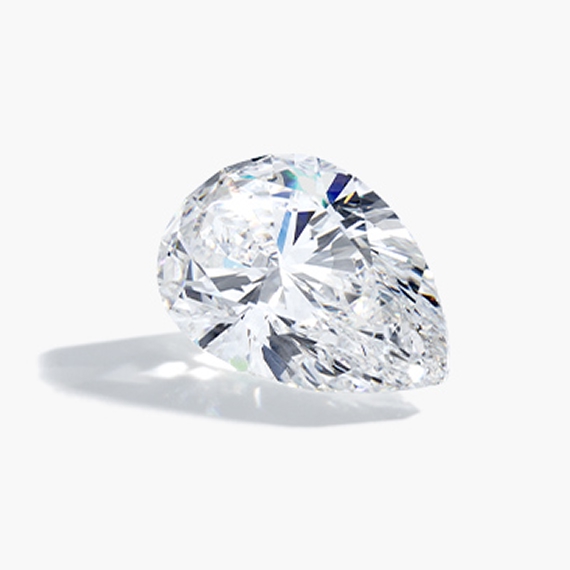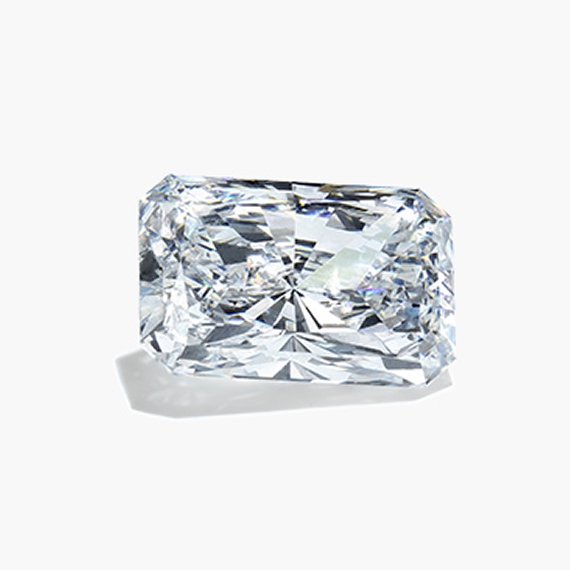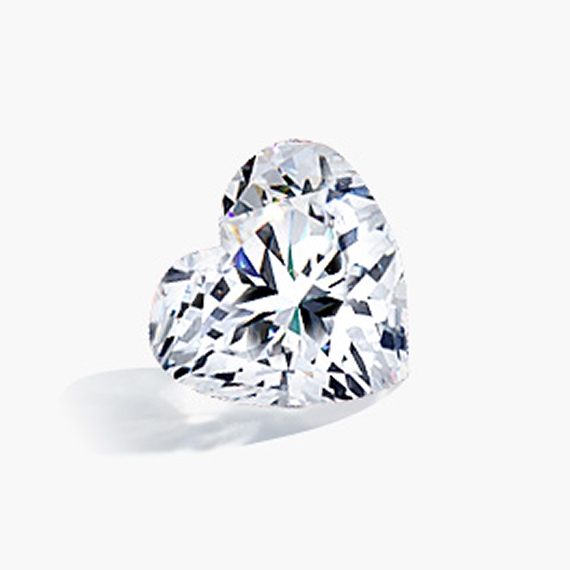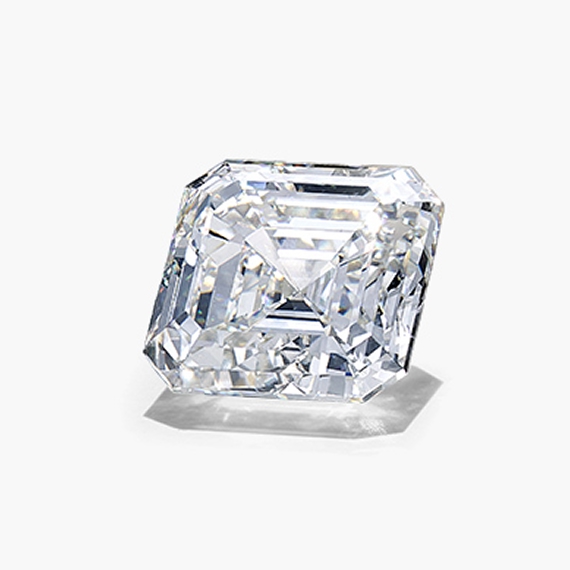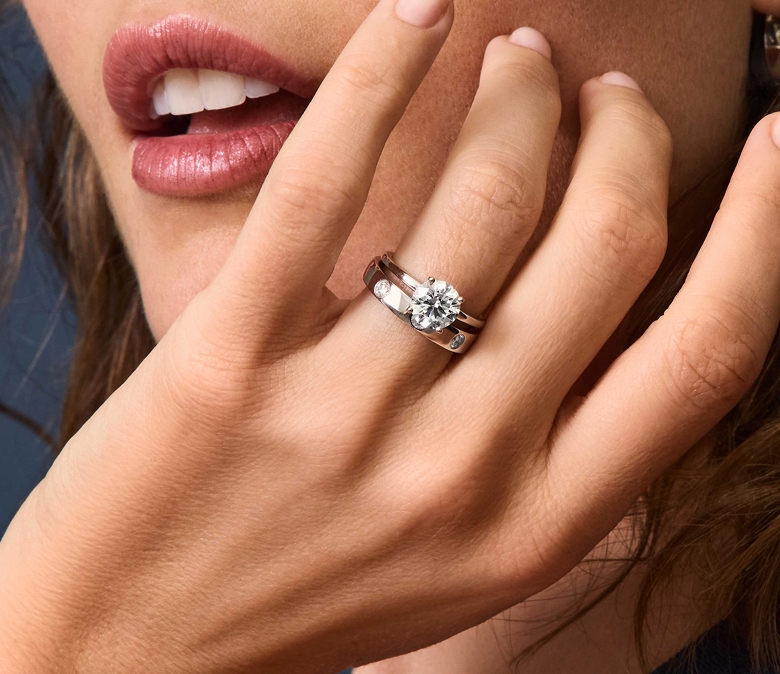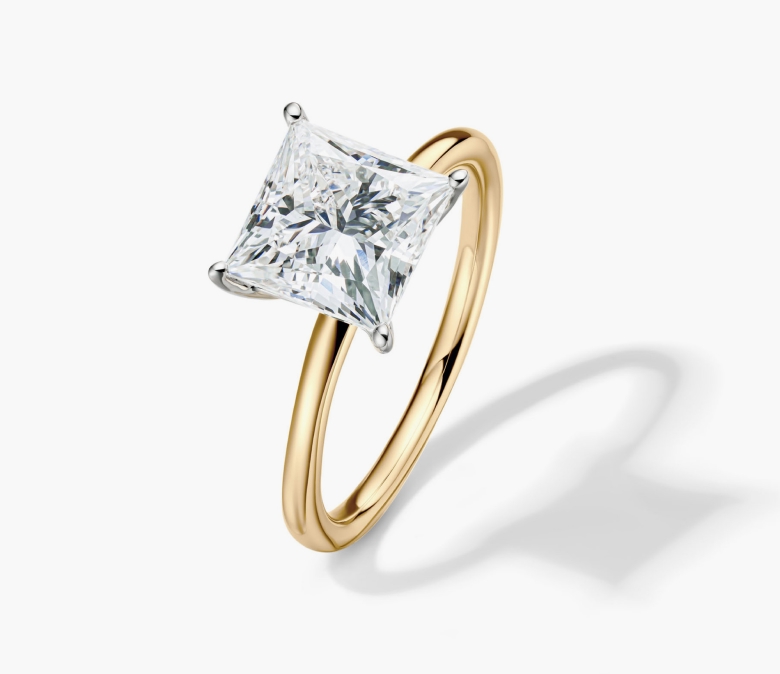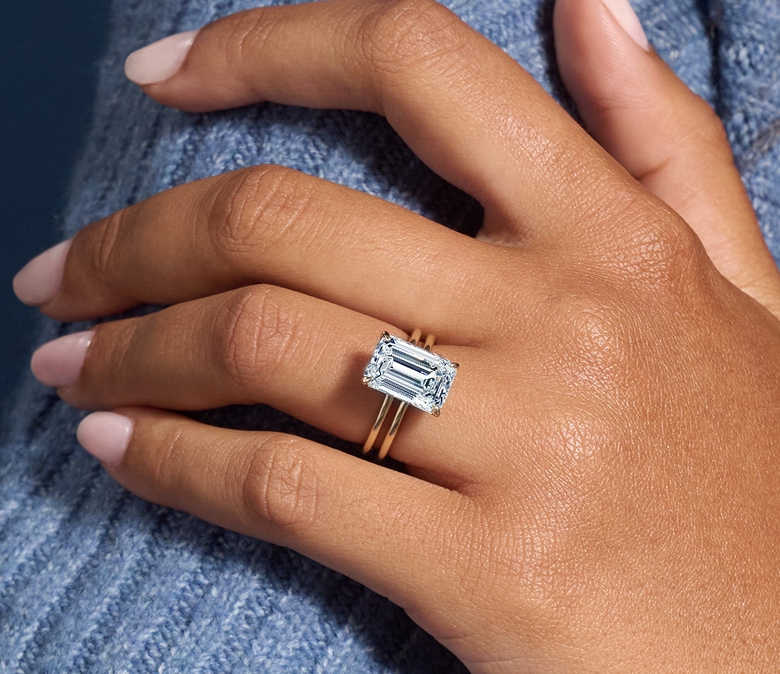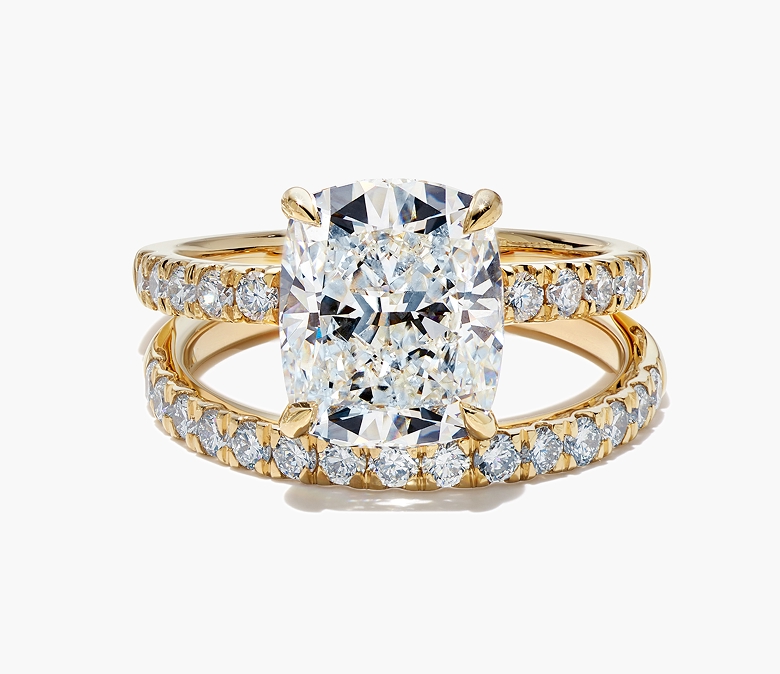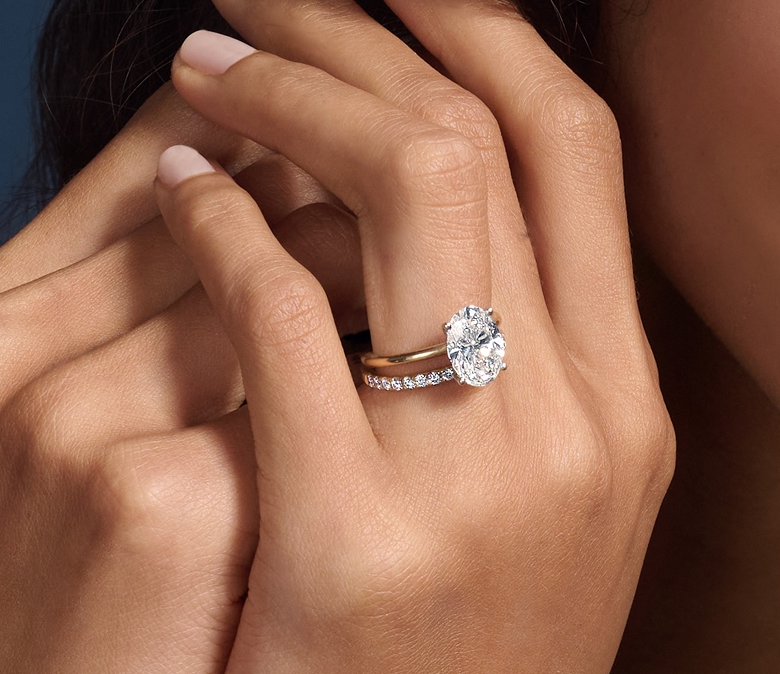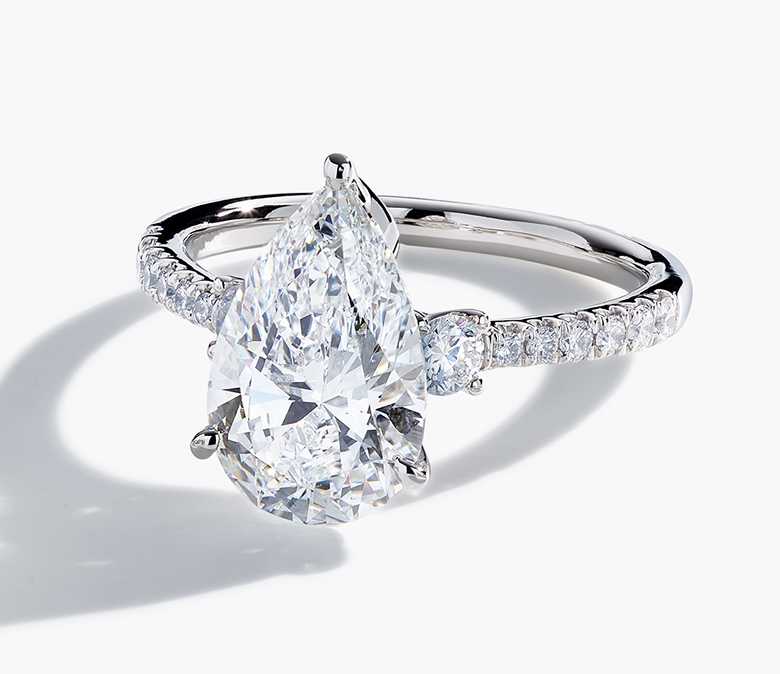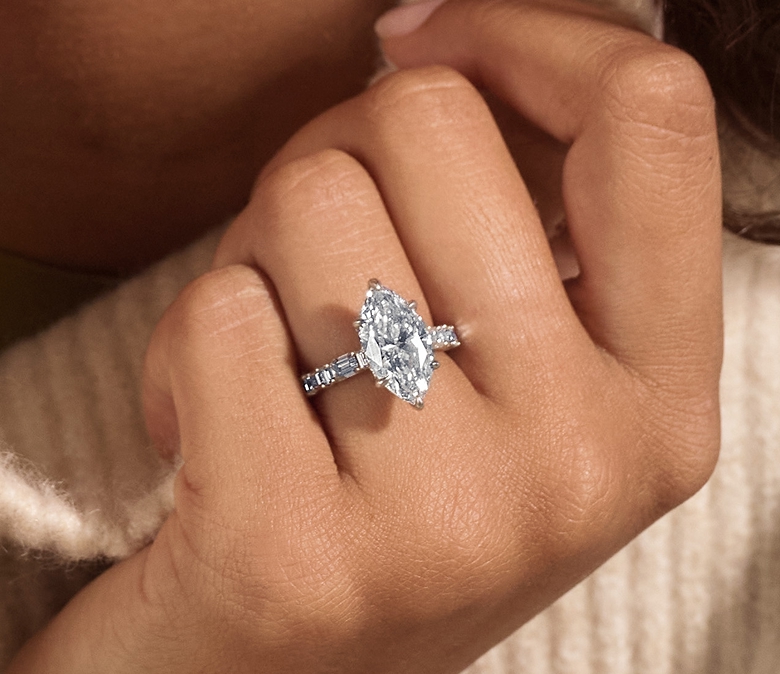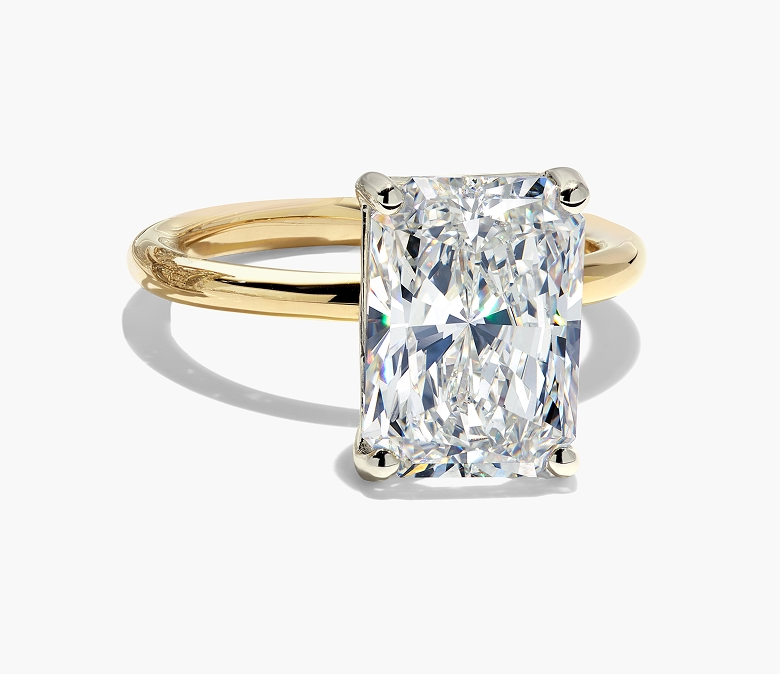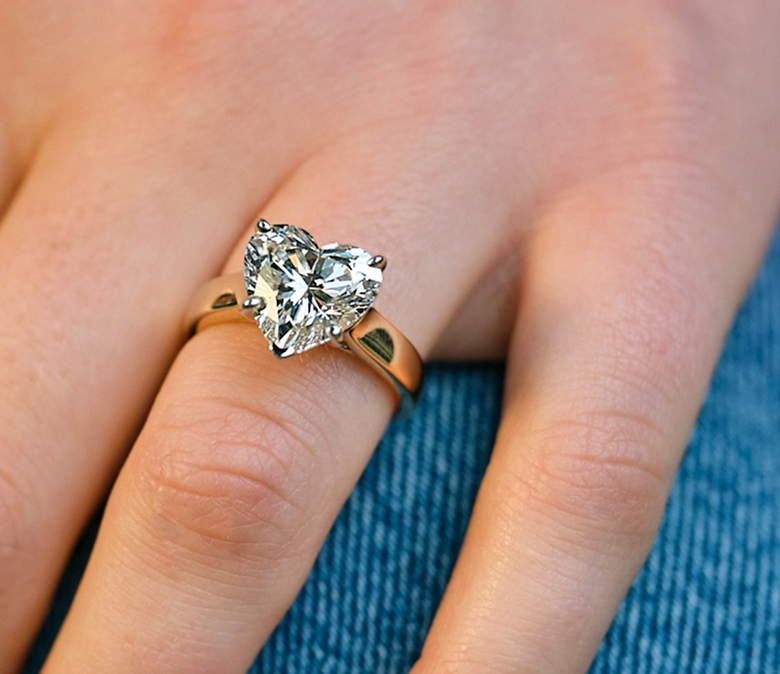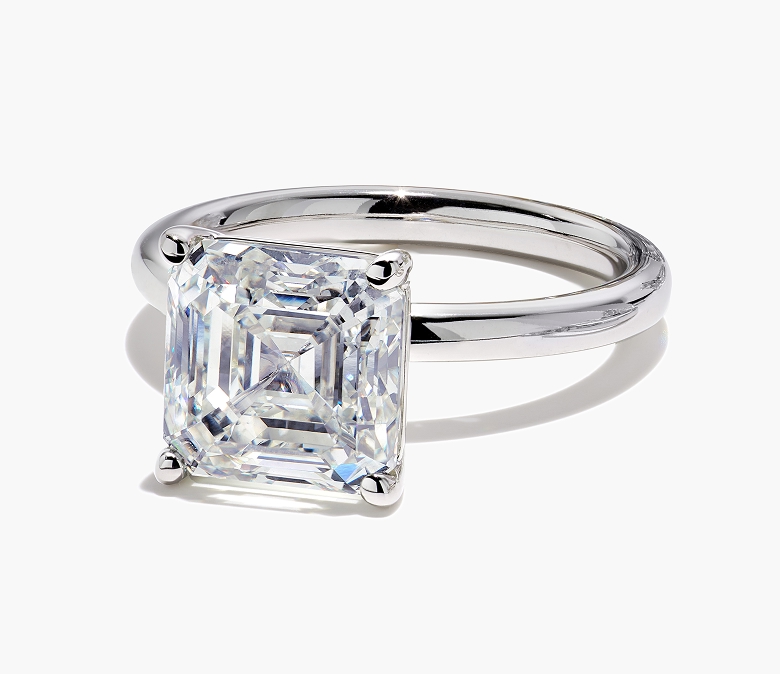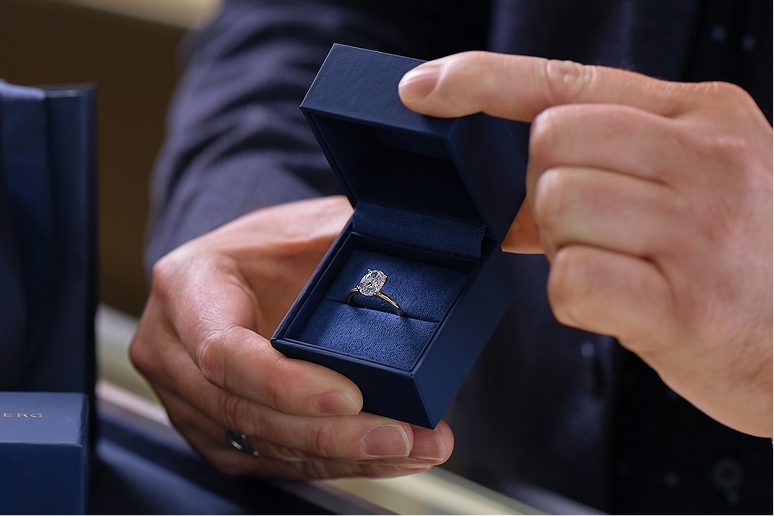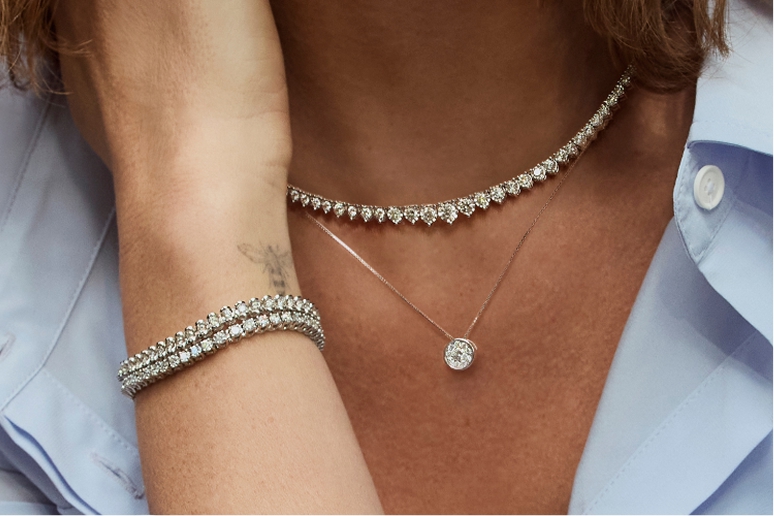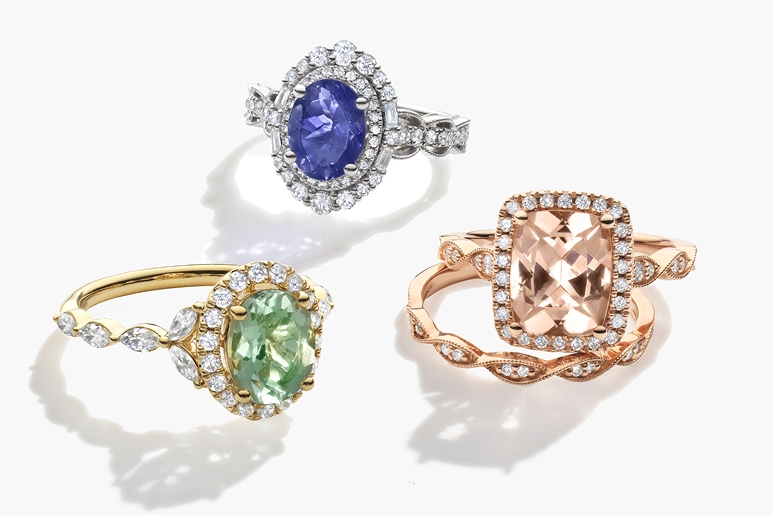The facets of brilliant-cut diamonds, including round, princess and radiant shapes, are designed to maximize brightness, fire and scintillation. Marquise, pear and oval cuts combine brilliant facet patterns with unique shapes.

LIMITED TIME ONLY
for more information on this promotion, see our current promo details page. See Details
LIMITED TIME ONLY
for more information on this promotion, see our current promo details page. See Details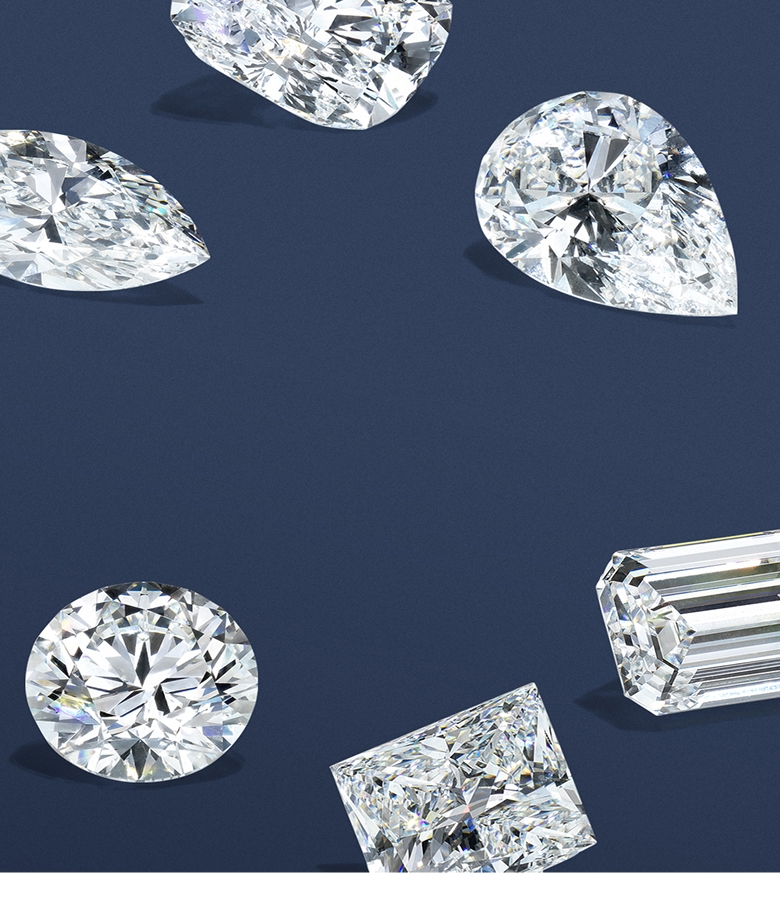
Guide to diamond shapes
If you’re ready to shop for engagement rings, now is the perfect time to learn about diamond shapes. Besides the popular classic round brilliant cut — what most people picture when they imagine a proposal — you might like square, rectangular, oval, pear, heart or other fancy shapes. (And yes, that’s what they’re called.)
Something to remember: Diamond shape and cut are technically different things, though many people use them together or interchangeably. Shape is the form of a diamond — its outline when viewed face-up. Cut refers to the overall design — the arrangement and proportions of the facets.
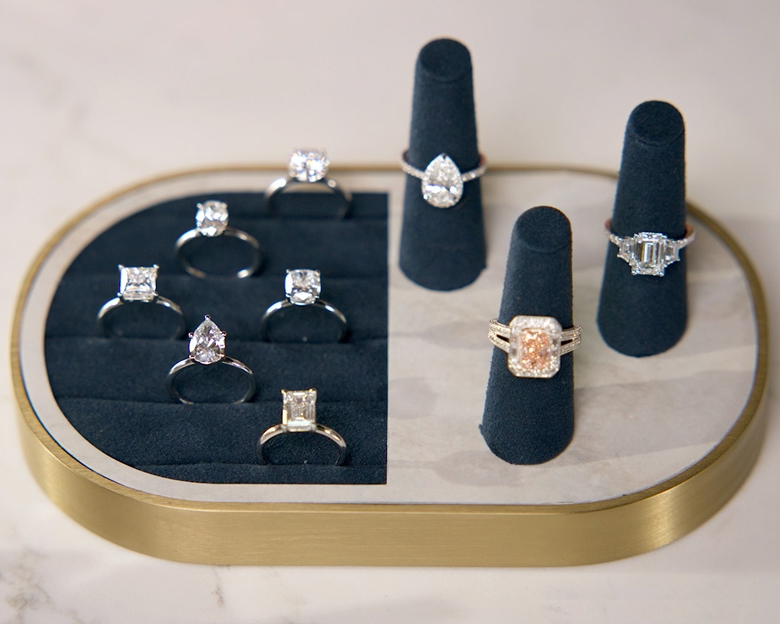
Shop round-cut diamonds
Shop princess-cut diamonds
Shop emerald-cut diamonds
Shop cushion-cut diamonds
Shop oval-cut diamonds
Shop pear-cut diamonds
Shop marquise-cut diamonds
Shop radiant-cut diamonds
Create your own engagement ring
Do you know exactly what you want...or will you know it when you see it?
Find out how different diamonds, settings and styles look together
in real time using our best-in-class customization experience.
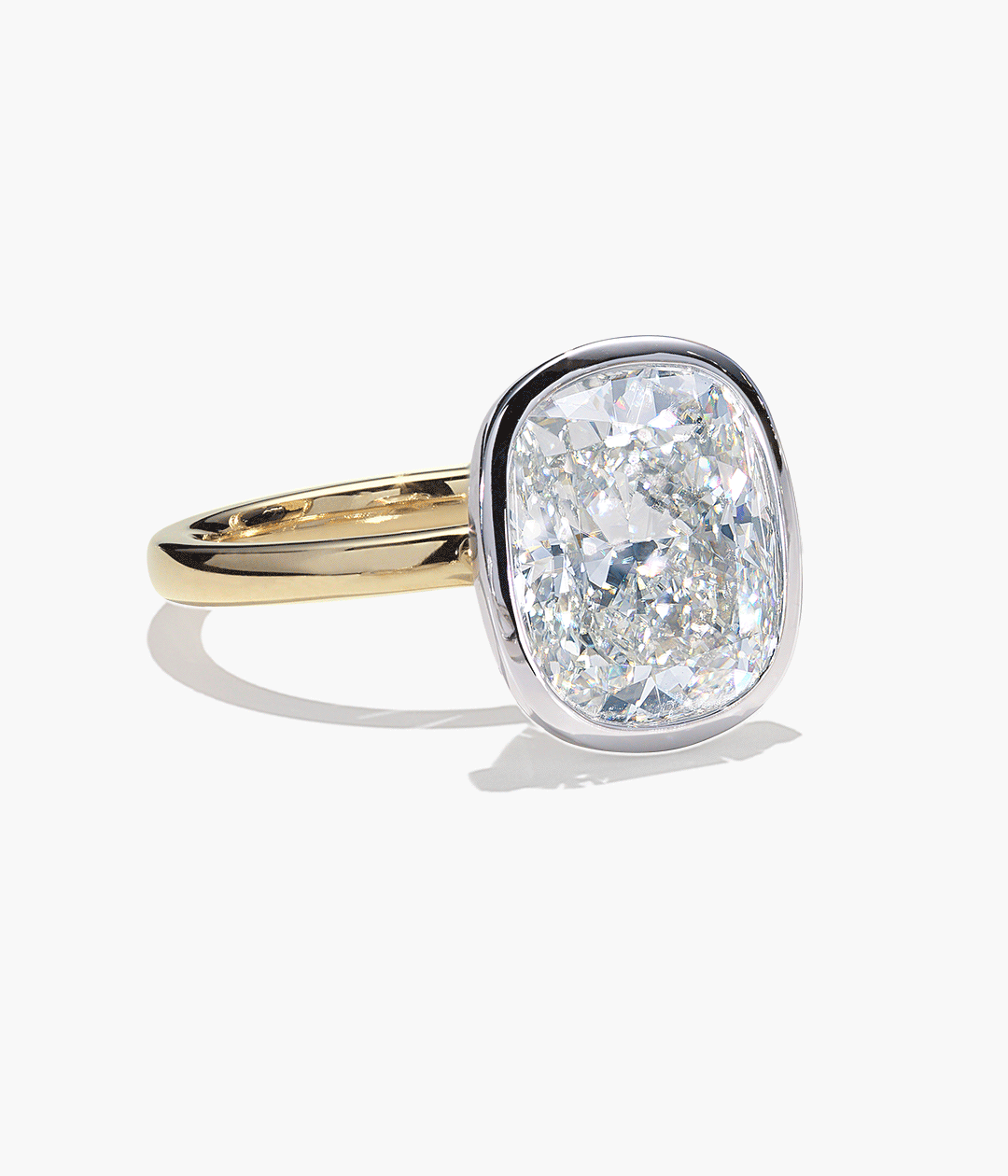
How diamonds are cut into shapes
It takes a combination of talent and skill, art and science, tools and technology. Diamond cutting begins with 3D scanners and laser mapping to find the potential for a dazzling gem inside a rough stone. After figuring out the best way to maximize quality and minimize waste, a diamond cutter splits the rough diamond into pieces. Next comes bruting— spinning two diamonds against each other to create the basic shape.
The diamond cutter designs and shapes the precise angles and proportions of each facet, then polishes the diamond to perfection. Performed by experts and judged by strict industry standards, this process optimizes the brilliance, fire and scintillation in every Helzberg diamond.
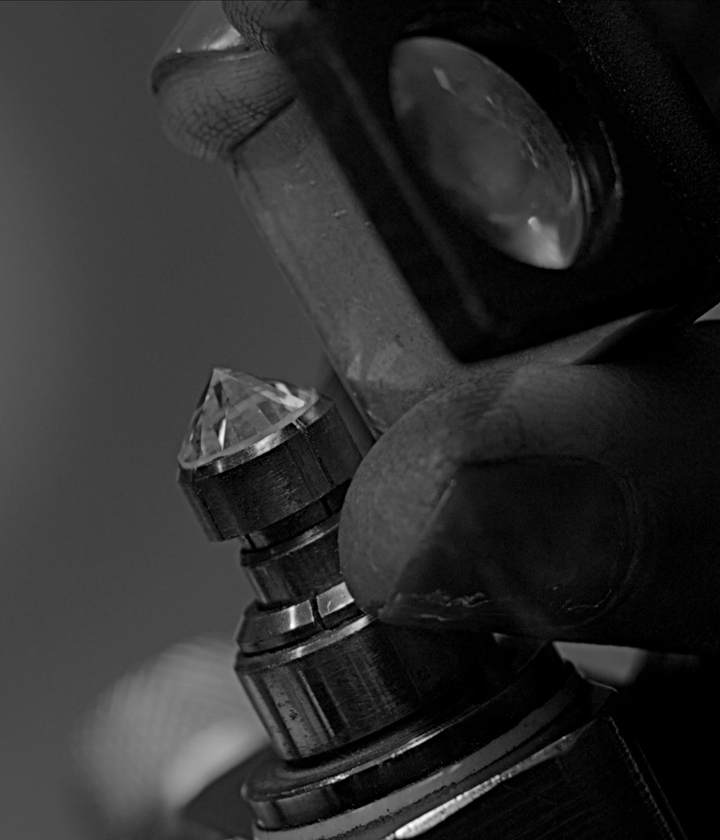
Frequently Asked Questions
Shapes with more surface area, such as oval, pear and marquise shapes, look bigger than other shapes with similar carat weights. Rectangular emerald and radiant-cut diamonds, with their trimmed corners, also appear larger.
Rectangular and elongated diamonds can have slimming, lengthening effects on the finger. Consider emerald and radiant cuts, elongated cushion cuts, and oval, pear and marquise diamonds.
Fancy shapes with pointed ends are more prone to cracking and chipping than others. Choosing a V-prong, bezel or halo setting can protect the vulnerable points on a marquise, pear, princess or heart-shaped diamond.

